Mineral composition and microstructure of high alumina refractory bricks
The mineral composition of high alumina refractory bricks can generally be divided into two categories: the main crystal phase and the matrix phase. Among them, the main crystal phase is the main body of the high alumina brick structure, in addition to the high melting point, it must also be fully developed and intact. The matrix is the filler between the main crystalline phases. Its quantity is not large, but its composition is complex and its effect is obvious. These two mineral compositions of high alumina bricks are indispensable.
The minerals composed of high-alumina brick products are different in type, quantity, grain size, and combination state. Different structures cause differences in the performance of refractory bricks. For example, high-alumina bricks and mullite high-alumina bricks are basically the same in chemical composition, but their mineral compositions are different, so the room temperature and high-temperature properties of their products are quite different. Therefore, the mineral composition of high-alumina bricks and the microstructure of high-alumina bricks are also important factors that determine the properties of high-alumina bricks.
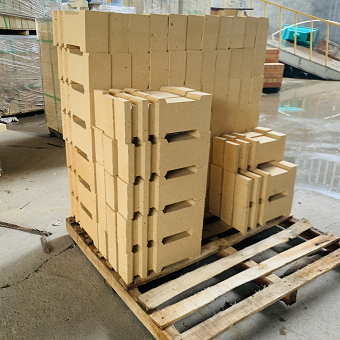
Generally speaking, the organizational structure of high alumina bricks is a heterogeneous body composed of solid matter and gaseous pores. A stoma is an important factor affecting the performance of products at room temperature and high temperature, especially under high-temperature conditions, which greatly reduces the resistance of products to external erosion. The original difficulty in the formation of pores is: that the air in the material is not completely removed when the high alumina brick is formed; the space is left after the material moisture is removed; the raw material is not fully calcined, and some salts that should be decomposed are not completely decomposed, and the components that should be burned are not completely burned. Burning; uneven material composition, uneven shrinkage during high-temperature firing, etc.
However, in the production of some lightweight heat-insulating high-alumina bricks, some evenly distributed pores are also introduced. The existence of pores directly affects the porosity, water absorption, bulk density, air permeability, and other indicators of high alumina bricks.
-
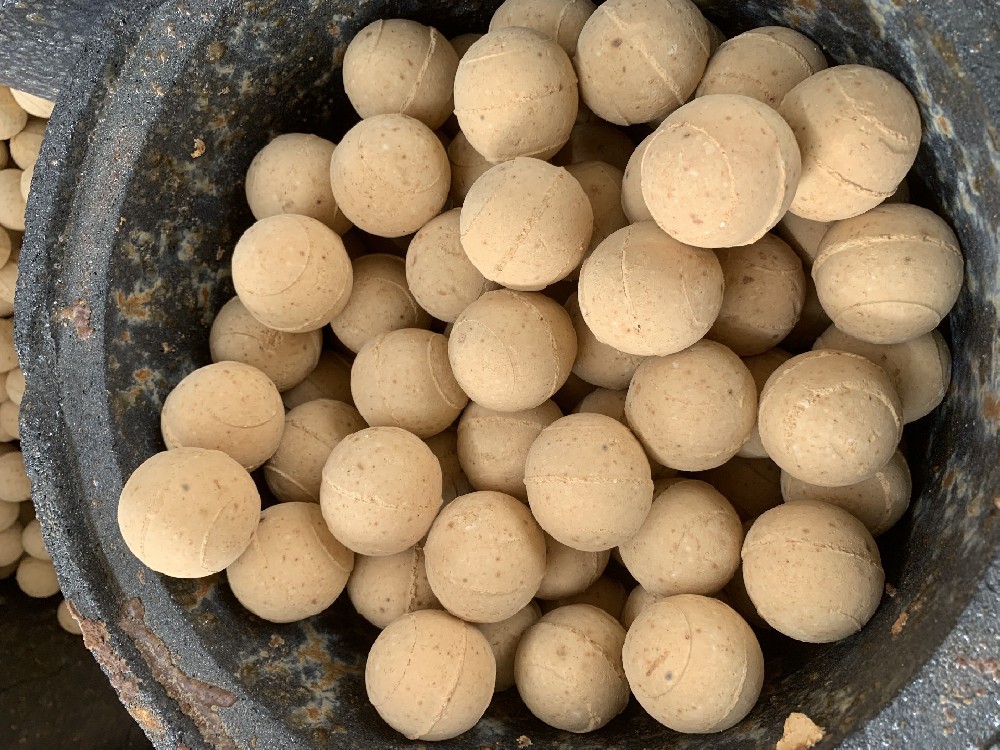
Thermal storage alumina balls
The Thermal storage alumina ballsis made of industrial alumina and refractory kaolin as the main raw materials through scientific formula, forming and high-temperature calcination.Thermal storage alumina ballss are divid··· -
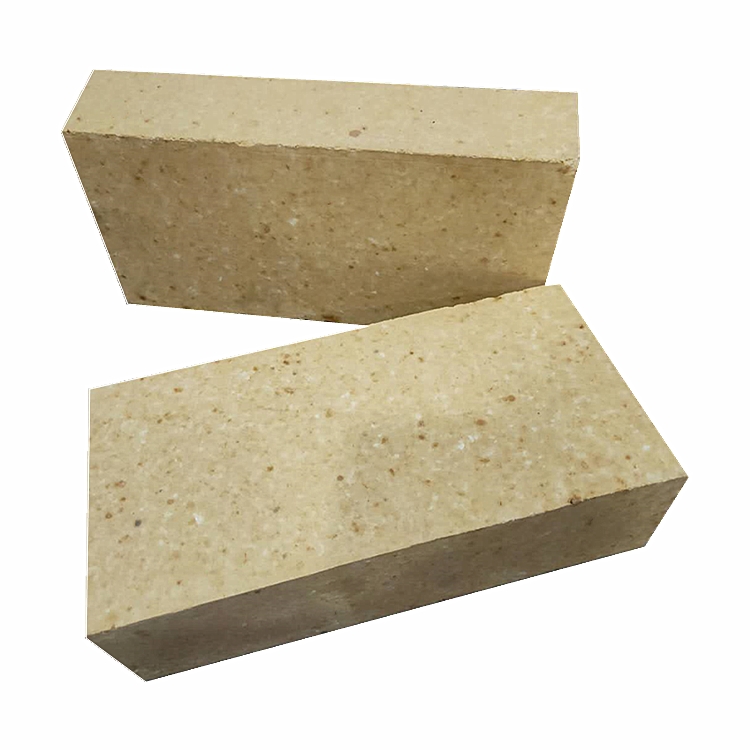
Anti-stripping high alumina brick
Use description of Anti-stripping high alumina brick1. Anti-stripping high alumina brick has a good application in low temperature parts such as large and medium-sized cement precalciner, kiln smoke chamber, indoor decom··· -
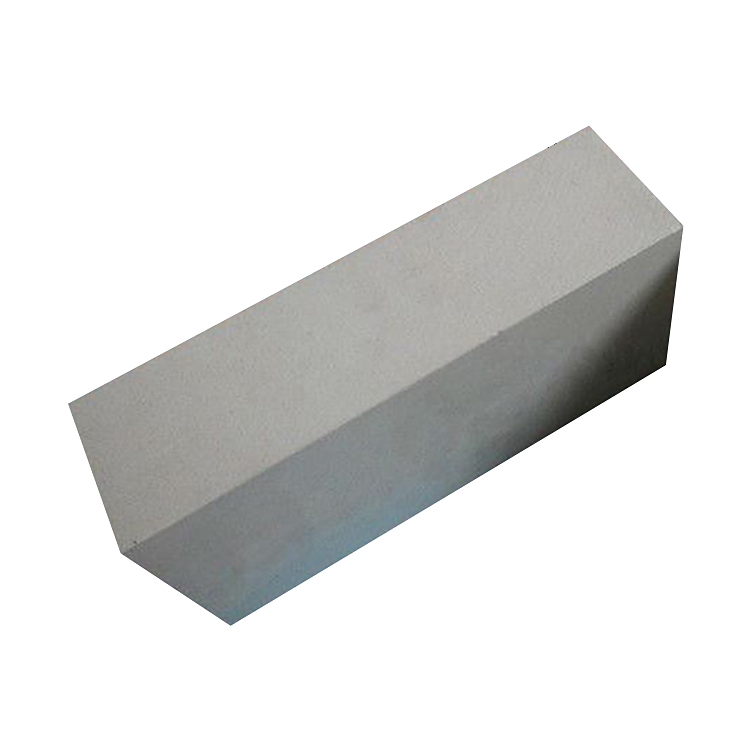
Anti-stripping high alumina bricks
Anti-stripping high alumina bricks are made of high alumina bauxite clinker, mullite, kyanite, zircon sand, and binder after granulating and powdering processes, mixed in a certain proportion, pressed into shape, and fir··· -
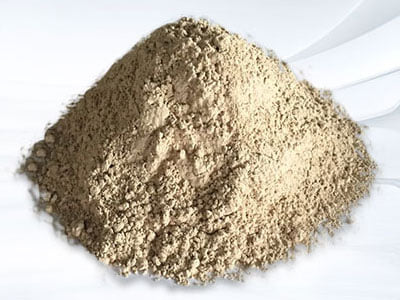
silica hot repair refractory
Performance index of silica hot repair refractoryThe material is a kind of plastic unshaped refractory material, its main component is SiO2, it is made of special clinker and various binders and additives, and it is proc···

